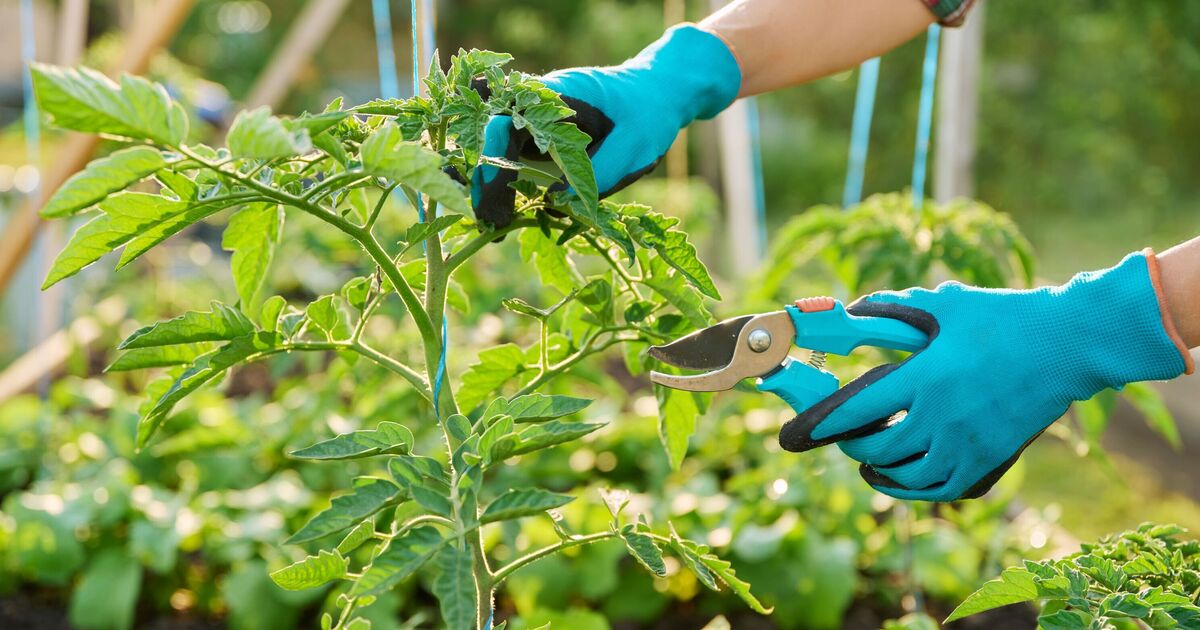As autumn approaches, many gardeners find themselves itching to tidy up their trees but a gardening expert is sounding the alarm regarding one specific task.
While the idea of prepping your fruit trees for the winter might seem beneficial, the consequences can be more harmful than helpful.
Misguided pruning practices can lead to lasting damage and leave your trees exposed to various threats.
With colder temperatures on the horizon, it’s crucial to understand the delicate balance between tree care and seasonal changes.
“Pruning in the fall is the worst time because the wounds won’t heal properly, leaving the tree vulnerable,” says Susan Poizner, founder of Orchard People and an ISA Certified Arborist.
“Instead of sealing up, the cuts stay open, inviting pests and diseases. Fall pruning can also encourage tender new growth, which is easily damaged by frost.”
During the winter months, trees naturally enter a dormant phase that is vital for their survival, and harming them during this time can lead to long-term health and productivity issues.
If you’re considering pruning your fruit trees this fall, Poizner recommends postponing until late winter.
He recommended: “Prune in late winter to spur strong, vigorous growth, especially for young trees.
“If your goal is to slow the tree’s growth, early to mid-summer pruning is ideal, as the tree is focused on fruit production rather than new shoots.”
By waiting for these more suitable times, you minimise the risk of frost damage and ensure your trees are pruned when they are prepared to thrive.
Another task gardeners are not advised to complete in autumn is fertilising as it can stimulate new growth when the tree should ideally go dormant.
“Tender new shoots won’t harden off before winter and can break during a hard frost,” the expert added.











